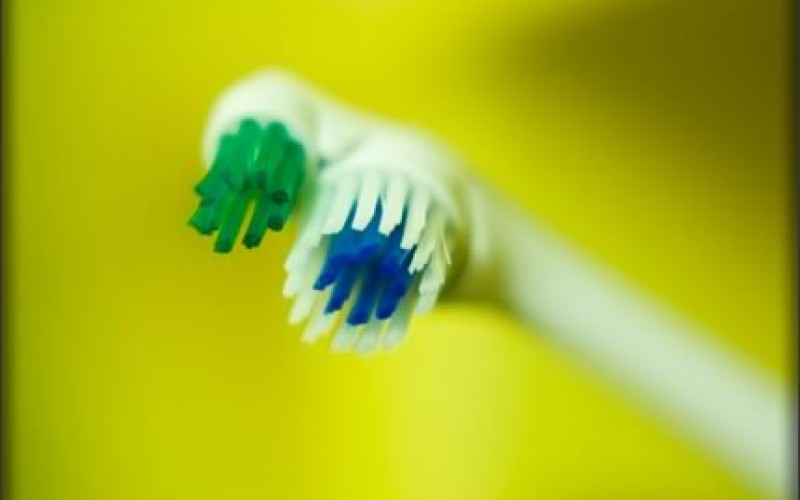Duties
Today’s dental hygienists have expanded job responsibilities, handling tasks previously performed only by the dentist. Hygienists examine and review patient medical histories, examine gums for evidence of periodontal disease, chart conditions and treatment of disease and gum recession, prevent tooth decay through the administration of fluorides and more. Hygienists also operate dental equipment include x-ray machines, polishers and syringes. Familiarity with dental billing and medical software is usually a requirement for this position.
Education
According to the U.S. Bureau of Labor Statistics, more than 300 schools offer hygiene programs that are accredited by the Commission on Dental Association. Most programs grant an associate degree or a certificate, however some programs are more advanced and offer bachelor’s and master’s degrees. Programs include laboratory, clinical, and classroom instruction in such subjects as anatomy, physiology, chemistry, microbiology, pharmacology, nutrition, radiography, histology, periodontology, pathology, dental materials, clinical dental hygiene, and social and behavioral sciences. Dental hygienists must be licensed by the state where they practice; the American Dental Association’s Joint Commission on National Dental Examinations administers a written examination, one that is required for licensure.
Salaries
The mean annual salary for dental hygienists was $68,680 as of May 2010 reports the BLS. Salaries ranged from $45,000 to $93,820, with the middle 50 percent earning between $55,930 and $81,340. The median income for this profession was $68,250.
| view current positions for dental hygienists |
Employers
More than 95 percent of the 177,520 employed as of 2010 worked for offices of dentists, earning $300 above the national mean. A few other employers of dental hygienists included offices of physicians, outpatient care services, employment services and hospitals. Salaries for these employees ranged from $56,950 to $68,390.
Locations
Employment for dental hygienist roughly followed the population of each state with California, Texas, New York, Florida and Michigan having the most hygienists employed. In California, wages averaged $90,220 per year, behind Alaska where wages averaged $90,220. Other states reporting high wage averages included Washington at $87,810 and Nevada at $83,930. Among metropolitan areas, top pay was available in greater San Francisco, California, at $104,250 and Santa Rosa, California, at $101,510. Wages in New Haven, Connecticut averaged $98,090 followed by Oakland and Sacramento in California averaging $97,340 and $97,190, respectively.
Outlook
The bureau is projecting tremendous growth for the dental industry, with the number of dental hygienists employed expected to rise by 36 percent from 2008 to 2018. This rate is approximately triple the rate of all jobs and is attributed to older people deciding to keep their teeth and better access to dental care across society. Wages should remain high, one of the few industries where an associate degree can lead to high salaries.
References
O-Net Online: Summary Report for: 29-2021.00 – Dental Hygienists
U.S. Bureau of Labor Statistics: Occupational Outlook Handbook, 2010-11 Edition; Dental Hygienists
U.S. Bureau of Labor Statistics: Occupational Employment Statistics; 29-2021 Dental Hygienists
See Also
Best Career Paths for College Students
-------------------------------------------------------------------------------------------------------------
end of post idea
-------------------------------------------------------------------------------------------------------------
view home improvement ideas at our Photo Remodeling center
Helpful article? Leave us a quick comment below.
And please share this article within your social networks.









